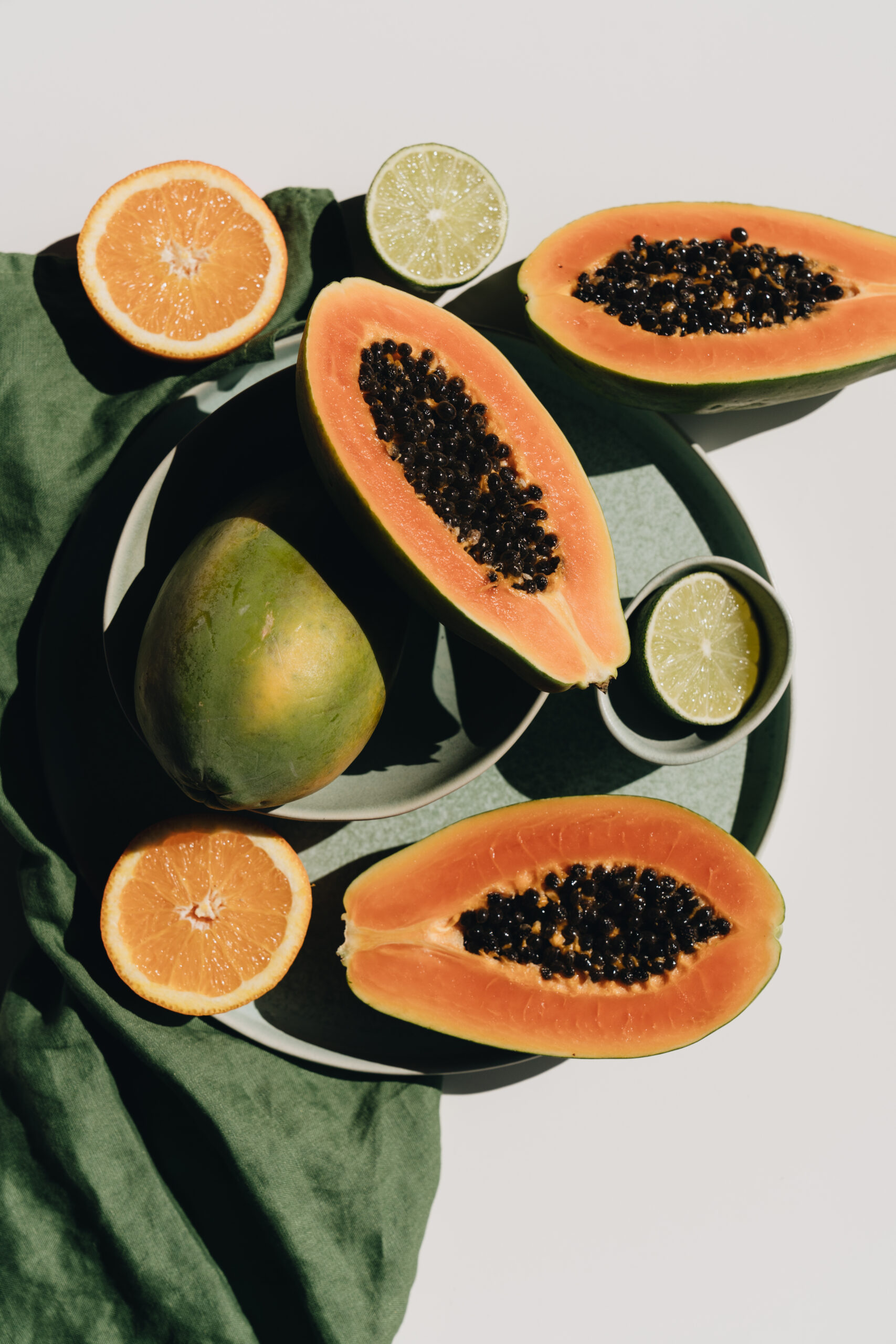What foods can I eat on a flexitarian diet?
Title: Exploring the Delicious World of Flexitarian Diet: Foods You Can Enjoy!
Introduction:Are you considering adopting a flexitarian diet but feeling unsure about what foods you can eat? Well, fret not! In this blog post, we will dive into the world of flexitarianism and enlighten you with a variety of tasty and nutritious foods that you can enjoy on a flexitarian diet. So, let’s embark on this flavorful journey together!
1. Plant-Based Proteins:Flexitarianism places a strong emphasis on incorporating more plant-based proteins into your diet. This means you can relish a variety of delicious options such as legumes (lentils, chickpeas, and black beans), tofu, tempeh, seitan, and edamame. These protein powerhouses not only provide essential nutrients but also help in reducing your carbon footprint.
2. Abundant Fruits and Vegetables:Flexitarian diets are brimming with a rainbow of fruits and vegetables. From vibrant berries to leafy greens and from crunchy bell peppers to sweet root vegetables, the possibilities are endless. You can experiment with different varieties and textures, ensuring that your plate is always filled with nutrient-rich goodness.
3. Whole Grains:Whole grains form a vital component of a flexitarian diet. You can enjoy a variety of whole grains like quinoa, brown rice, whole wheat bread, oats, and barley. These wholesome grains provide you with a steady supply of energy, dietary fiber, and essential vitamins and minerals, keeping you satiated throughout the day.
4. Dairy and Dairy Alternatives:Flexitarians have the option to include dairy products and their alternatives in their diets. Traditional dairy products such as milk, yogurt, and cheese can be enjoyed in moderation. However, if you prefer non-dairy options, you can explore plant-based alternatives like almond milk, coconut yogurt, or cashew cheese. Nowadays, many grocery stores offer an array of delicious dairy-free alternatives to suit your taste buds.
5. Sustainable Seafood:Although flexitarians tend to consume fewer animal products, they have the flexibility to incorporate sustainably sourced seafood into their diets. Opt for low-mercury fish like salmon, sardines, and trout, which are rich in omega-3 fatty acids. By choosing seafood from sustainable sources, you can support responsible fishing practices and protect our oceans.
6. Healthy Fats and Oils:Flexitarian diets also encourage the consumption of healthy fats and oils. Incorporate heart-healthy options like avocados, nuts, seeds, olive oil, and coconut oil into your meals. These fats not only add flavor but also provide essential nutrients that support your overall well-being.
Conclusion:Adopting a flexitarian diet can be an exciting and rewarding journey. It allows you to explore a wide range of delicious, plant-based foods while still enjoying occasional animal-based products. Remember, the key is to focus on balance and moderation. By incorporating a variety of fruits, vegetables, whole grains, plant-based proteins, and sustainable seafood into your diet, you can reap the numerous health benefits while making a positive impact on the environment.
So, go ahead, unleash your culinary creativity, and savor the abundance of flavors and nutrients that a flexitarian diet has to offer!



